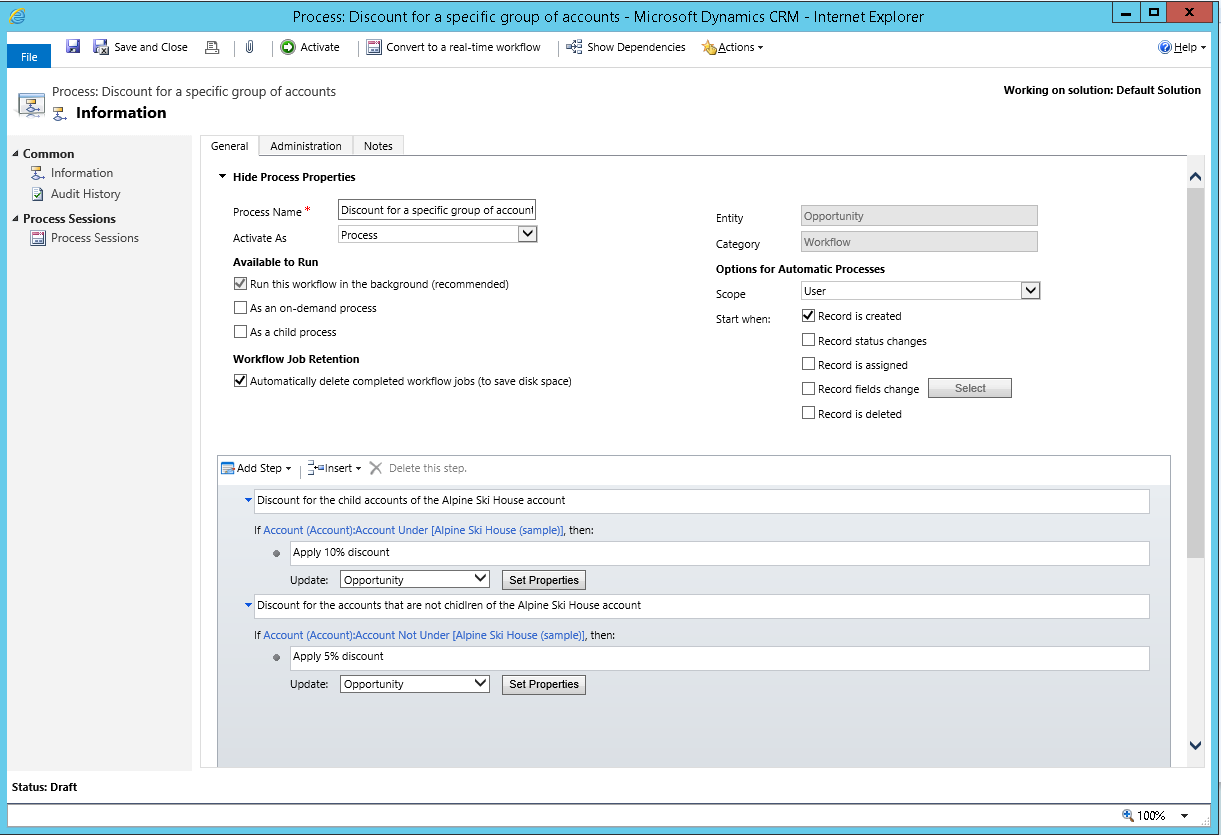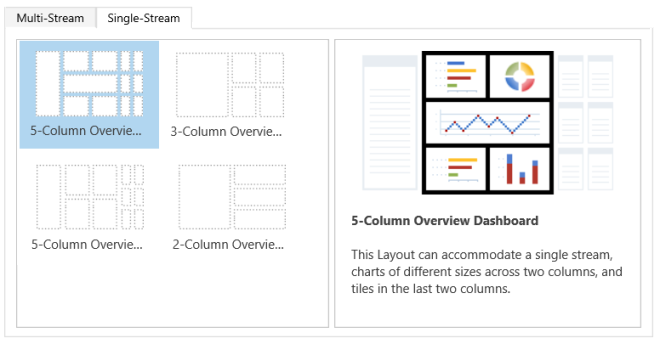“We spent six months customizing Dynamics 365 only to have it break during the upgrade.” This all-too-common lament reflects many organizations’ challenges when personalizing their CRM systems. The promise of perfect customization often collides with the reality of maintenance headaches and performance issues. But it doesn’t have to be this way. This comprehensive guide reveals the insider practices that separate successful Dynamics 365 customizations from problematic ones.
Understanding your options: Configuration vs. Customization
Start with the basics: What’s the difference between configuration and customization?
Configuration leverages Dynamics 365’s built-in tools to modify your system without writing code. This includes adjusting forms, creating business rules, setting up workflows, and managing security roles. It is akin to arranging the furniture in your home—you work with what you have but make it function better.
Customization extends the platform through custom code development using the CRM SDK, JavaScript, or other programming languages. It is similar to home renovation—adding new rooms or features.
Most successful Dynamics 365 implementations strategically use both approaches. For example, a manufacturing company might configure standard sales processes while developing custom code for specialized production scheduling that integrates with existing systems.
Best practices for Dynamics 365 CRM Customization
Customizing Microsoft Dynamics 365 CRM can significantly enhance business performance. According to a study by Nucleus Research, organizations implementing Microsoft Dynamics 365 Customer Service have observed an average ROI of 131%, with benefits totaling $2.9 million in present value and a payback period of eight months. Here are some of the best practices you can follow:
Performance considerations
Efficient code differentiates between a responsive system and one that frustrates users. Implement multi-threading for data-intensive operations, leverage the system’s built-in GUID generation, and code-generated types for better performance and compile-time checking.
Development standards
Consistent standards become increasingly valuable as your customizations grow. A financial services firm experienced this when developer turnover created maintenance challenges. After implementing naming conventions, code documentation requirements, and standard design patterns, they reduced bug-fixing time by 60% and accelerated new feature deployment.
Plugin development
These powerful extensions run in response to system events but require careful handling such as the following:
- Keep plugin logic focused on specific tasks.
- Implement proper exception handling.
- Disable unnecessary plugins.
- Test thoroughly under load conditions.
Common Dynamics 365 customization pitfalls to avoid
Preserving out-of-box components
One of the most critical practices is to avoid modifying system entities, fields, or relationships. While it might seem convenient initially, these modifications often cause complications during upgrades. A retail company learned this lesson when its customized standard entities prevented a smooth update to the latest version, requiring expensive remediation work.
Careful Handling of Critical Fields
Date fields and system statuses deserve special attention as business processes often depend on them. Before changing any status-related components, map out all potential impacts and test thoroughly across the entire business process flow.
Building security into your Dynamics 365 customizations
Security is both a technical consideration and a business imperative:
- Implement field-level security for sensitive data.
- Create custom security roles based on the principle of least privilege.
- Use business units to segregate data appropriately.
One government contractor meticulously applied these practices to achieve compliance requirements, ensuring employees could access only information relevant to their responsibilities.
Maintaining long-term Dynamics 365 customization health
Customization is an ongoing process:
- Periodically review your system for unused components.
- Monitor performance impacts.
- Stay current with platform updates.
- Plan for regular maintenance of windows.
This proactive approach prevents technical debt accumulation and ensures your system meets evolving business needs.
Real-World Example: PreludeSys Case Study
A pallet and package management company partnered with PreludeSys to transform its operations with a customized Dynamics 365 Finance and Operations solution. The company faced inefficiencies in order processing, inventory management, and customer service and needed a system tailored to its complex workflows.
PreludeSys leveraged a balanced approach of configuration and customization:
- Automated order management: Built custom workflows to automate order processing, reducing manual entry errors and accelerating order fulfillment times.
- Inventory optimization: Developed a real-time inventory tracking system, allowing for better stock visibility and minimizing shortages.
- Enhanced customer service: Implemented personalized customer portals, enabling clients to track orders and view invoices, which improved response times and satisfaction.
The company experienced a 30% increase in operational efficiency, 25% faster order cycles, and significantly higher customer satisfaction scores. By following best practices, including rigorous testing, thoughtful plugin development, and ongoing system health checks, PreludeSys ensured the customizations remained resilient through updates and scalable as the business grew.
The payoff: Transformational benefits
When implemented thoughtfully, Dynamics 365 customizations deliver significant benefits:
- Increased user adoption through intuitive interfaces
- Improved business insights from properly structured data
- Enhanced productivity through automation
- Better compliance through appropriate security controls
- Seamless information flow between departments and systems
By following these best practices, you can create a Dynamics 365 implementation that works like your business does—not the reverse. The result is a system that doesn’t just store customer information but actively helps your team provide better service, close more deals, and make smarter decisions.
Let’s build a CRM that works for you. Schedule a consultation today and take the first step toward a more intelligent, more efficient Dynamics 365 system.










